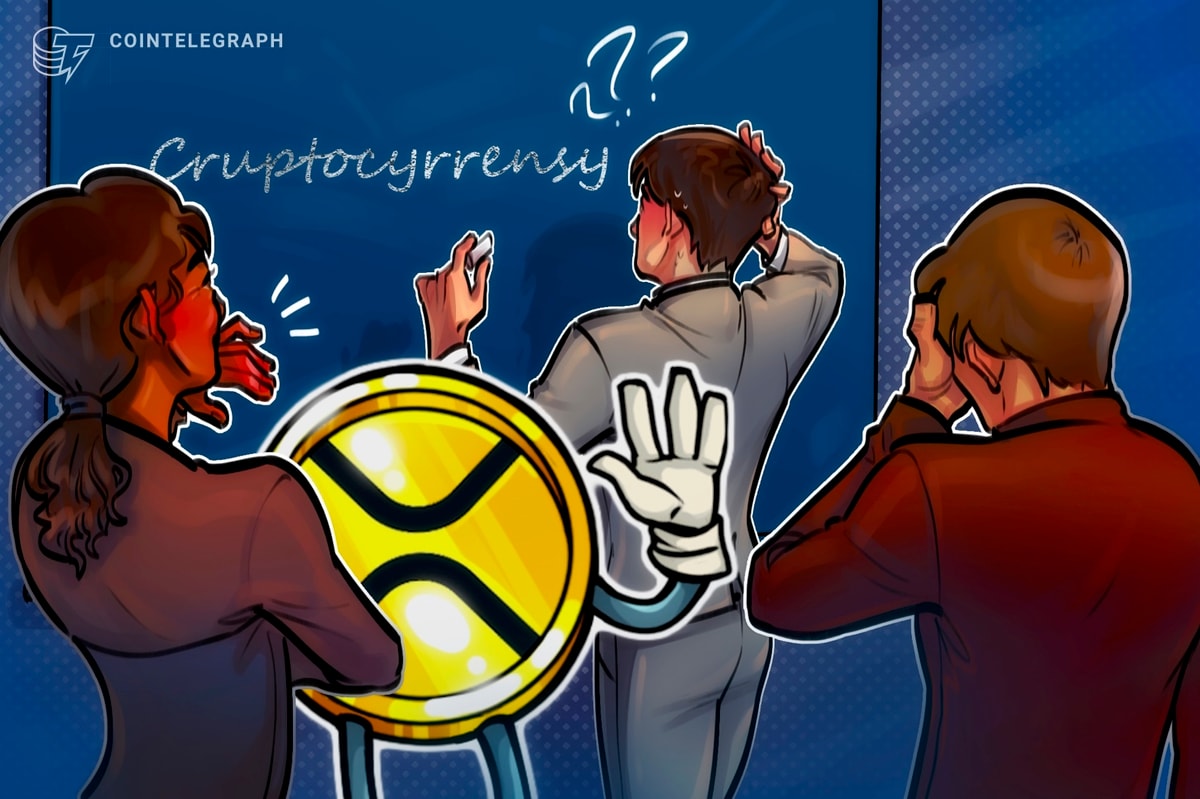The rise of nonfungible tokens (NFTs) spearheaded a new era of digital ownership and investment. With a record number of new NFT collections launched in 2022, the NFT market capped $50 billion in sales volume for the first time. As a fast-growing market operating entirely in the digital world, however, it didn’t take long for the NFT industry to become a haven for fraudsters.
A recent report unveiled that in 2022, more than half of the NFT activity on the Ethereum blockchain, the most popular network for NFT trades, was fraudulent. From wash trading to copycat collections, the NFT market entered 2023 with a set of critical issues that could only be solved by advanced market intelligence and analytics. Assessing a fair price for an NFT is already tricky, as tremendous gaps between the floor price and the price ceiling are not uncommon for collections. On top of that, malicious market activity only adds more confusion to users’ NFT investment or trade decisions.

Top-10 NFT collections of 2022 by sale volume, excluding wash trade volume. Source: bitsCrunch
While NFTs from popular collections such as the Bored Ape Yacht Club (BAYC) hold immense value in the market, it’s relatively easy to copy the visual appearance of apes depicted in the collection as image files and then create fake NFTs based on copycat material. The $1.53 billion sales volume of the BAYC collection in 2022 presents a lucrative market for fake NFTs as well.
The impact of counterfeit NFTs
Fake NFTs created by copying the image of original art can be difficult to detect in the digital environment, resulting in significant financial losses for buyers. The impact of fake tokens in the NFT market includes economic, legal and reputational consequences. Investors who lose confidence in the ecosystem due to fake NFTs are less likely to return to the market. Without significant demand, the prices of NFTs are bound to drop.
Without proper tools, NFT collectors can quickly get confused trying to find an authentic NFT on the marketplace and trace its history. Luckily, recent tech developments in artificial intelligence (AI) now allow for the prevention of NFT buyers from investing in fake content. NFT analytics provider bitsCrunch recently launched an AI-powered tool that checks major blockchains and marketplaces for potential copycat or forged NFTs.
Fake NFTs caught by AI
By analyzing over 800,000 assets on the top NFT marketplace OpenSea against the top-40 NFT collections on the Ethereum blockchain, bitsCrunch found out that 144 copycat NFTs are exact visual matches to the BAYC collection. Moreover, 231 NFTs were flagged as near-exact matches, while “extremely similar” copies are as high as 814.

Over 140 fake NFTs are indistinguishable from the original BAYC collection. Source: bitsCrunch
The fake NFT issue is hardly exclusive to BAYC. Other trending collections, including Azuki, Otherdeed and CloneX, have tens of exact copies detected by AI-powered analytics. bitsCrunch detects forged material across blockchain networks and flags newly-minted and existing counterfeit NFTs by analyzing real-time data.
AI-powered price estimation for NFTs
Confusion across the NFT market also arises when users want to put a fair price tag on an NFT they aim to sell, as floor price — the lowest-priced item listed for a specific collection — rarely gives a reliable perspective.
Many factors, including trading volume and history, last traded price and the profile of previous buyers, come into account when deciding the final price of a digital collectible. However, AI can now aid buyers and sellers in the form of the NFT Price Estimation tool by bitsCrunch. Aiming to accurately determine the true value of NFTs, the Price Estimation tool uses analyzed historical info and metadata for an NFT combined with the social media hype around the collection to provide more accurate price estimates.

Price estimation helps users make informed decisions when buying or selling NFTs. Source: bitsCrunch
The AI-driven machine learning tool has studied over 30 million NFTs from more than 2,200 collections to apply advanced data and analytics, benefiting the user when making buying or selling decisions.
The full potential of the NFT space can only be unlocked via tools that fight against issues like wash trading and forgery plaguing the market for the last couple of years. Users need AI-powered advanced analytics and intelligence presented on easy-to-understand screens to benefit from market data.
bitsCrunch offers accurate NFT analytics and forensics with UnleashNFTs to supply users with reliable insights into the market. The platform provides in-depth analysis, research and statistics about the NFT ecosystem, helping buyers and sellers to make better decisions with each NFT trade.
Additionally, as part of its commitment to bring more awareness and data transparency to the NFT ecosystem, bitsCrunch has launched its startup program. Companies working with NFTs can join this initiative to get quick access to bitsCrunch tools for analyzing and managing risk via API. Equipped with AI-powered analytics, NFT creators, traders and businesses can detect and avoid malicious activities while making transactions, thus expanding the NFT ecosystem in a healthier direction.
Disclaimer. Cointelegraph does not endorse any content or product on this page. While we aim at providing you with all important information that we could obtain in this sponsored article, readers should do their own research before taking any actions related to the company and carry full responsibility for their decisions, nor can this article be considered as investment advice.












